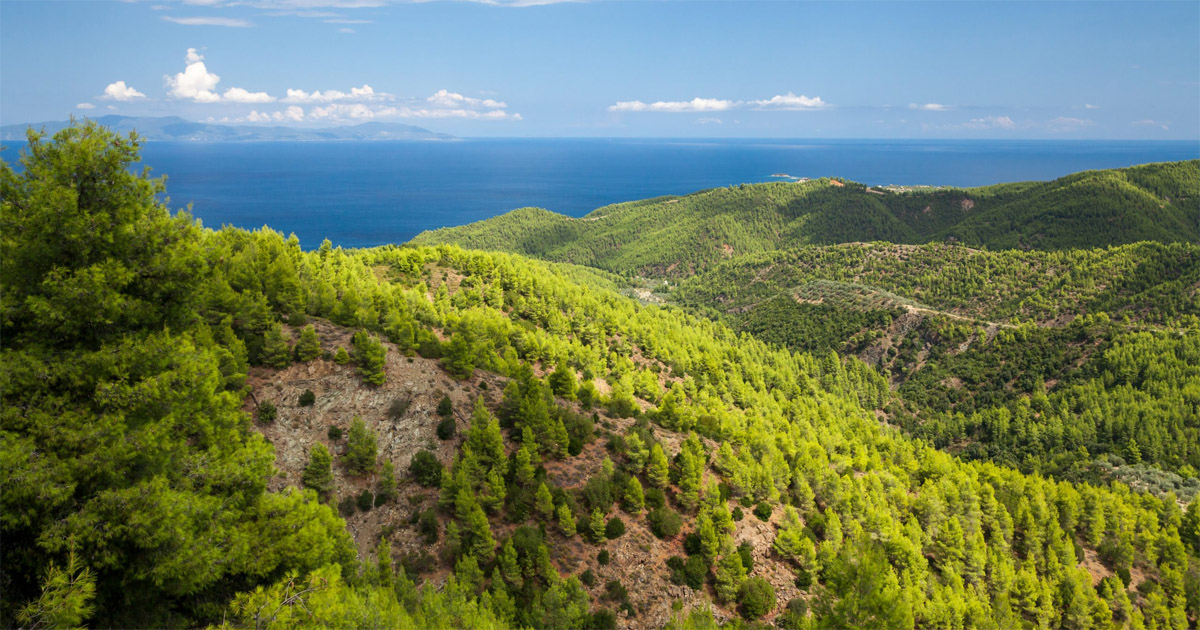Perennial tree crops are often grown in complex multistrata systems that incorporate natural vegetation. These systems contribute simultaneously to sustaining rural livelihoods and to the conservation of biodiversity, but their productivity is usually low. Introduction of high yielding germplasm, usually selected in monocultural plantations, is a potential way to increase productivity, but a critical requirement is that such plants can be established in a competitive multispecies environment. The establishment of clonal planting stock in the jungle rubber agroforests of Indonesia was explored through participatory on-farm research. The trial involved four farmers who grew clonal rubber trees in a total of 20 plots, constituting five replicate experimental blocks spread across four farms. Unexpectedly, vertebrate pest damage by monkeys (Presbytis melalophos nobilis) and wild pigs (Sus scrofa) was the most important influence on establishment, explaining almost 70% of the variation in rubber tree growth. The amount of labour invested in weeding was also positively correlated with rubber tree growth. Farmers generally decided to completely cut back vegetation between rows of rubber trees, including potentially valuable trees, rather than weeding within the rows and selectively pruning trees in the inter-row. Farmers thought that the inter-row vegetation would harbour vertebrate pests and compete with the clonal rubber, and they had access to fruits, firewood and other non-timber forest products from other land. Thus, contrary to expectations, when offered clonal germplasm, farmers opted to use plantation monoculture methods to protect what they considered a valuable asset, rather than maintain the traditional multispecies strategy they use with local germplasm.
DOI:
https://doi.org/10.1023/A:1013336822923
Altmetric score:
Dimensions Citation Count:























